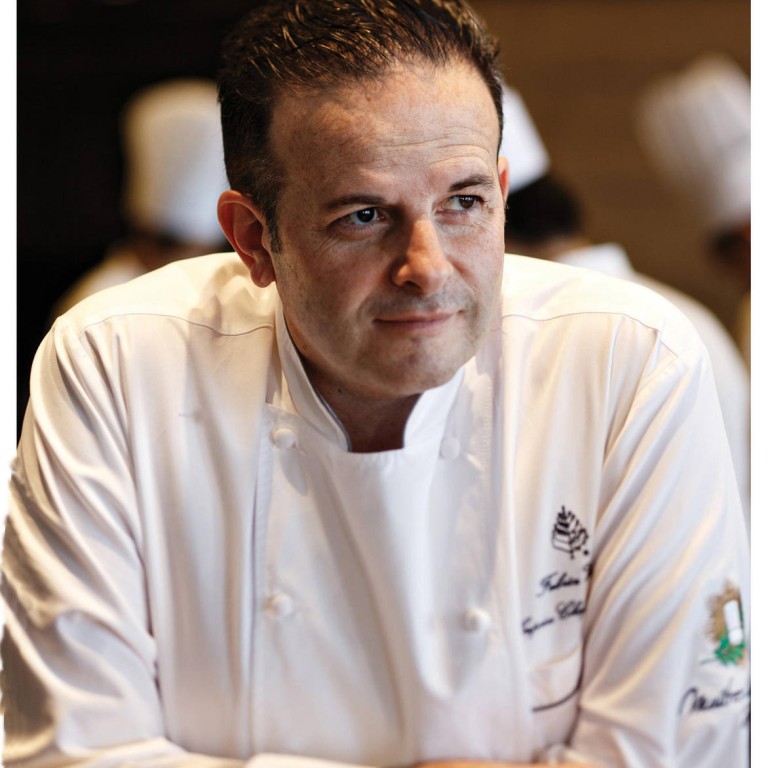
Chef Fabrice Vulin adds Moroccan touches to the menu at Caprice
Despite the departure of founding chef Vincent Thierry, Caprice at the Four Seasons has managed to retain the favour of both Michelin inspectors and the judges of Asia's 50 Best Restaurants.
Earlier this week, Caprice was ranked 13 among Asia's top 50 restaurants, down one place from last year. The most recent Michelin guide gave the restaurant two stars, a high ranking for a venue that had no head chef for months, even if it is a drop from the three stars it held for several years.
The man tasked with regaining that lost ground is Frenchman Fabrice Vulin. While it would be an exaggeration to say that the hotel's general manager William Mackey had scoured seas, mountains and deserts to find Vincent's replacement, Vulin has worked around the Mediterranean, in the Swiss Alps and Morocco.
It's traditional French cuisine that has the most influence on his culinary thinking and menu. Vulin's first head chef role was at the 167-year-old La Closerie des Lilas in Paris, which still has a Bourbon-flamed beef fillet on the menu, named in honour of Ernest Hemingway, one of its most famous customers.
As head chef at Maison Pic, he helped the family-owned restaurant maintain its three-star status before moving to Geneva, and then to La Chevre d'Or on the Cote d'Azur.
Between working at Maison Pic and in Provence, Vulin started two restaurants in Marrakesh, Morocco - one French and one Moroccan. There are many Mediterranean and Moroccan touches on Vulin's first Caprice menu.
The chef takes the classic French dish of caramelised pigeon breast, and gives it a twist using Moroccan spices and a ras el-hanout infusion. Vulin, a man of few (English) words, explains that he wanted to make a dish with a Moroccan touch, but not an actual Moroccan dish.
Ras el-hanout, he explains is the spice mix traditionally concocted for Moroccans by their local grocer. The term means "head of the shop" and implies only the highest quality ingredients will be used.
Anything from four to 100 spices can go in the mix that at a minimum includes salt, pepper, ginger and turmeric but can also feature saffron, paprika, cumin, cinnamon, white pepper, cardamom, nutmeg, anise, mace, and roots.
Vulin could have turned up the heat, but the spicing is, in the French tradition, mild and subtle.
Two quintessential Moroccan ingredients, medjool date and lemons, appear in a dish of Mediterranean sea bass with a leek fondant. Where a Moroccan chef would have preserved the lemon in salt, to give it a pungent sourness, Vulin calls his a lemon "confit", and gives the fruit a sweeter flavour.
Touches from the other side of the Mediterranean are apparent in a dish such as a chilled risotto with farmed Italian caviar, spider crab and a sea bass carpaccio.
But the dominant flavours and techniques on the new menu are more traditionally French. Perigord black truffle appears with asparagus or with Brillat-Savarin, a dense and creamy cow's milk cheese.
Both the sea bass and pigeon dish feature on the chef's eight-course signature tasting menu.
While the chef has been given a pretty free rein with his new menus for Caprice, the management did nix one of his ideas - doubling the prices.

